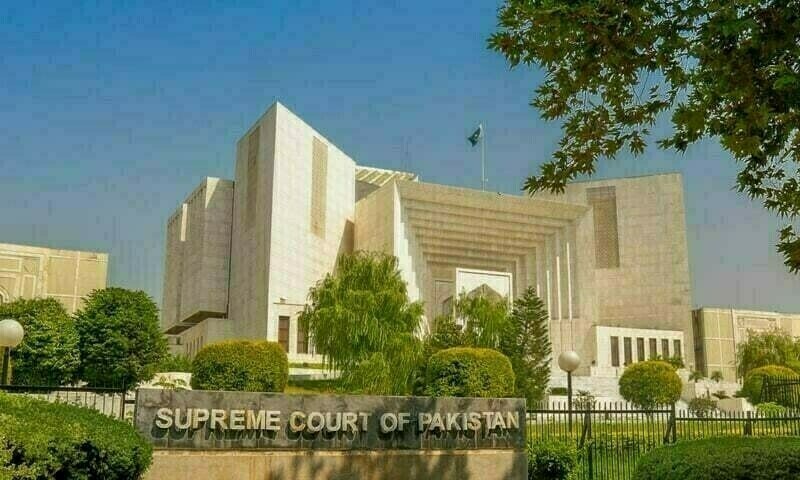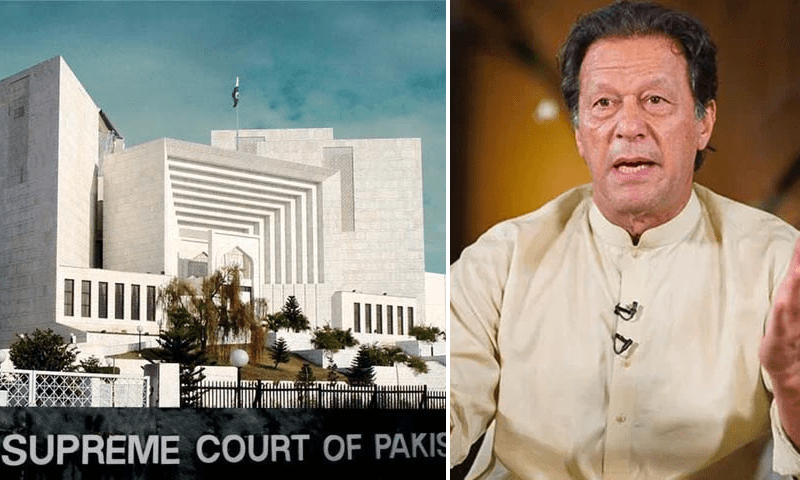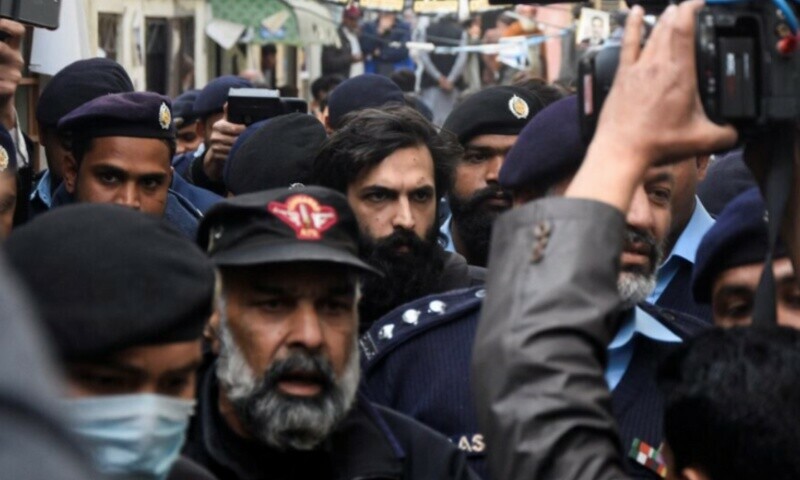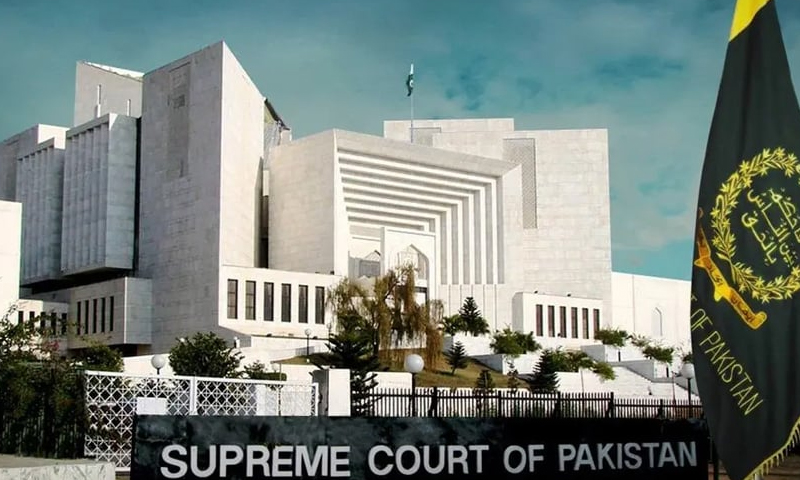LEGAL
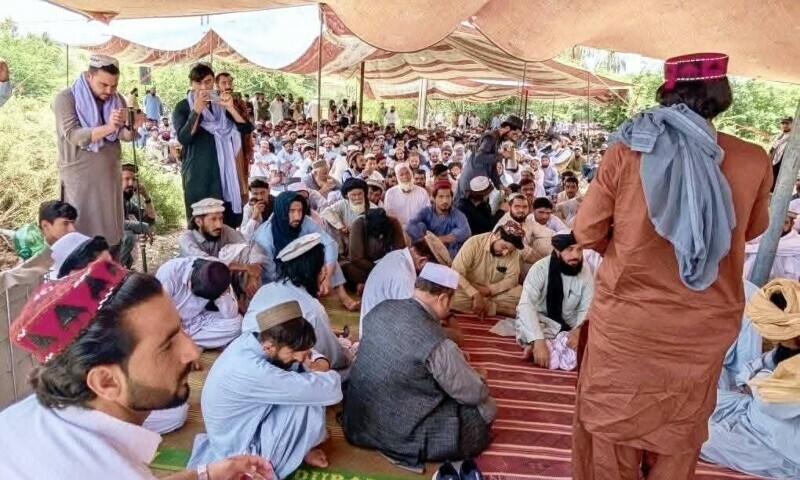
A sit-in protest entered its second day in the Mir Ali tehsil of Khyber Pakhtunkhwa’s North Waziristan district following a suspected quadcopter strike that killed four children and injured five others, including a woman.
The alleged strike, which occurred in Hurmuz village during daylight hours, has sparked widespread outrage among residents, who have yet to bury the deceased in protest. Locals insist the victims were civilians and are demanding an independent investigation and accountability.
Police officials confirmed that negotiations with a representative jirga (tribal council of elders) are currently in progress. “Negotiations are ongoing and results are awaited,” said District Police Officer Waqar Ahmad.
Leading the talks is Mir Ali Tehsildar Sher Bahadar, who stated, “The representative jirga has just arrived, and we will devise a plan together before proceeding with negotiations.”
While both security forces and the banned Tehreek-i-Taliban Pakistan (TTP) are known to use quadcopters, the origin of the strike remains unconfirmed. No official statement has been issued by the federal government. However, KP Relief Minister Haji Nek Muhammad Dawar condemned the incident and vowed to hold those responsible accountable.
The protest, led by Allama Iqbal Dawar—a local PTI leader and organizer—has seen demonstrators gather with the bodies at the tehsil center. “We have not buried the children and are demanding that security officials verify the bodies to determine whether they were terrorists,” he said.
Due to the extreme heat, the sit-in was briefly paused until 3 PM. “The bodies remain in vehicles with air conditioning on,” Dawar added.
The incident has reignited frustration in the region over repeated civilian casualties allegedly caused by drone and quadcopter strikes. “Despite earlier meetings with officials, civilian casualties haven’t stopped. People are now demanding a firm assurance that such attacks will end,” said Dawar.
He further criticized the imposition of curfews and the failure of drone technology to accurately target militants, resulting instead in harm to innocent civilians.
This is not the first time such accusations have emerged. In March, at least 11 civilians, including women and children, were reportedly killed in Mardan in a suspected drone strike. Officials claimed it was an anti-militant operation, but local accounts differed sharply.
In another incident last September, a suspected drone strike in Konrai Raghzai, Upper South Waziristan, left one dead and three injured. Again, authorities failed to officially confirm the use of drones.
Human rights organizations have raised alarm. The Human Rights Commission of Pakistan (HRCP) posted on X (formerly Twitter), condemning the use of drone strikes in civilian areas as a “grave violation of human rights, including the fundamental right to life.” The HRCP also supported the demand for an independent investigation.
In parliament, JUI-F chief Maulana Fazlur Rehman offered what he called “positive advice” to the government, urging a reevaluation of policies in the region. “If today drones are still falling in Waziristan, how can we respond to the people?” he asked. “National unity cannot be maintained without addressing such sensitive issues.”
As tensions rise and talks with elders continue, the people of North Waziristan await answers—and justice.
